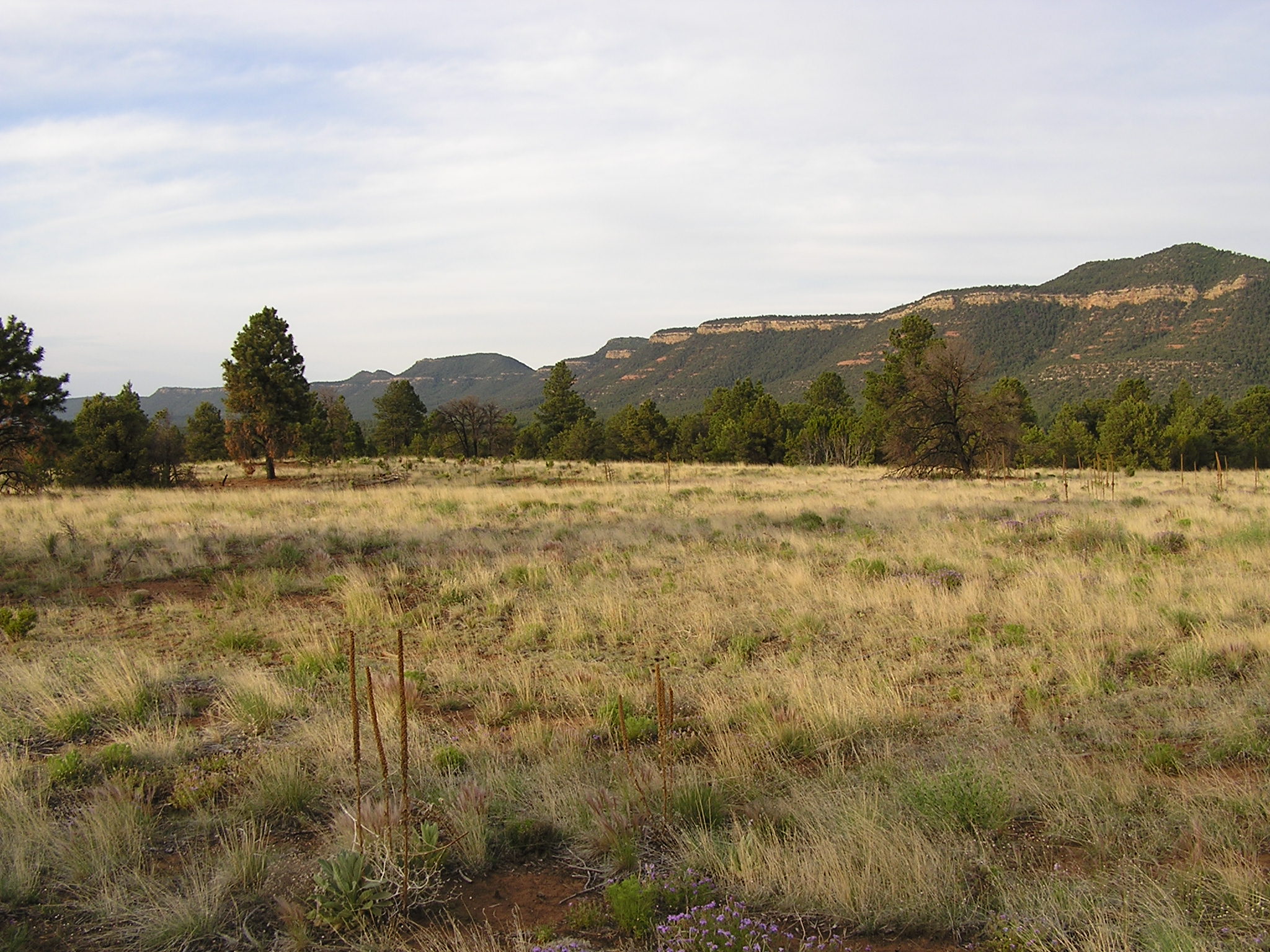Southern Plains Network (SOPN)
More than 270 parks managed by the National Park Service (NPS) are organized into a system of 32 eco-regional networks linked by similar geographic and natural resource characteristics. The Southern Plains Network (SOPN) encompasses 10 park units - National Historical Sites (NHS), National Monuments (NM), National Historical Parks (NHP), National Recreation Areas (NRA) - in five states:
Colorado - Sand Creek Massacre NHS; Bent’s Old Fort NHS
New Mexico - Capulin Volcano NM; Fort Union NM; Pecos NHP
Kansas - Fort Larned NHS
Oklahoma - Chickasaw NRA; Washita Battlefield NHS
Texas - Lake Meredith NRA; Alibates Flint Quarries NM; Lyndon B. Johnson NHP
A major component of park stewardship, monitoring is used to determine the status and trend in the condition of selected park resources, such as animals. Birds are often monitored as they respond quickly to changes in conditions making them good indicators of the health of ecosystems. A wide range of bird species on a park reflects a healthy variety of habitats and other animals and plants. Long-term trends in the composition and abundance of breeding bird populations are a measure of the ecological integrity and sustainability of upland grassland and riparian habitat on SOPN parks.
In 2009 RMBO initiated a bird monitoring project for NPS in 10 of the SOPN parks to (1) determine population size and trends and estimate species density, and (2) detect long-term changes in breeding bird communities in relation to changes in their habitats. Focusing primarily on birds associated with upland grassland and riparian habitats, these projects supply data to help direct park habitat management.
Using a distance-based, point-transect survey method, RMBO surveys 34 transects or grids on SOPN parks three times annually during the breeding season from late April through June. The number of transects per park ranges from two to five. We spend six minutes counting all birds seen and heard at each of a total of 567 points on all 10 parks. Points are located with the use of a handheld GPS, and a range finder is used to estimate the distance to each bird detected.
Nearly 14,000 observations of 164 species are recorded on SOPN parks during point counts in a single breeding season. The most observations (3,079) typically occur at Bent’s Old Fort NHS; the fewest number (500) occur at Lyndon B. Johnson NHP. We observe the greatest number of species (85) at Chickasaw NRA and the least (35) at Fort Union NM.
Bird species diversity and community composition vary widely among the parks as do the 10 most frequently detected species in each park. Parks such as Chickasaw NRA and Pecos NHP with deciduous trees and shrubs or pinyon-juniper habitat in proximity to grassland transects have the greatest number species. The most frequently detected species in order of total observations are Western Meadowlark, Mourning Dove, Red-winged Blackbird, Northern Cardinal, Northern Mockingbird, Western Kingbird, Brown-headed Cowbird, Cassin’s Kingbird, Cassin’s Sparrow, and Eastern Meadowlark.